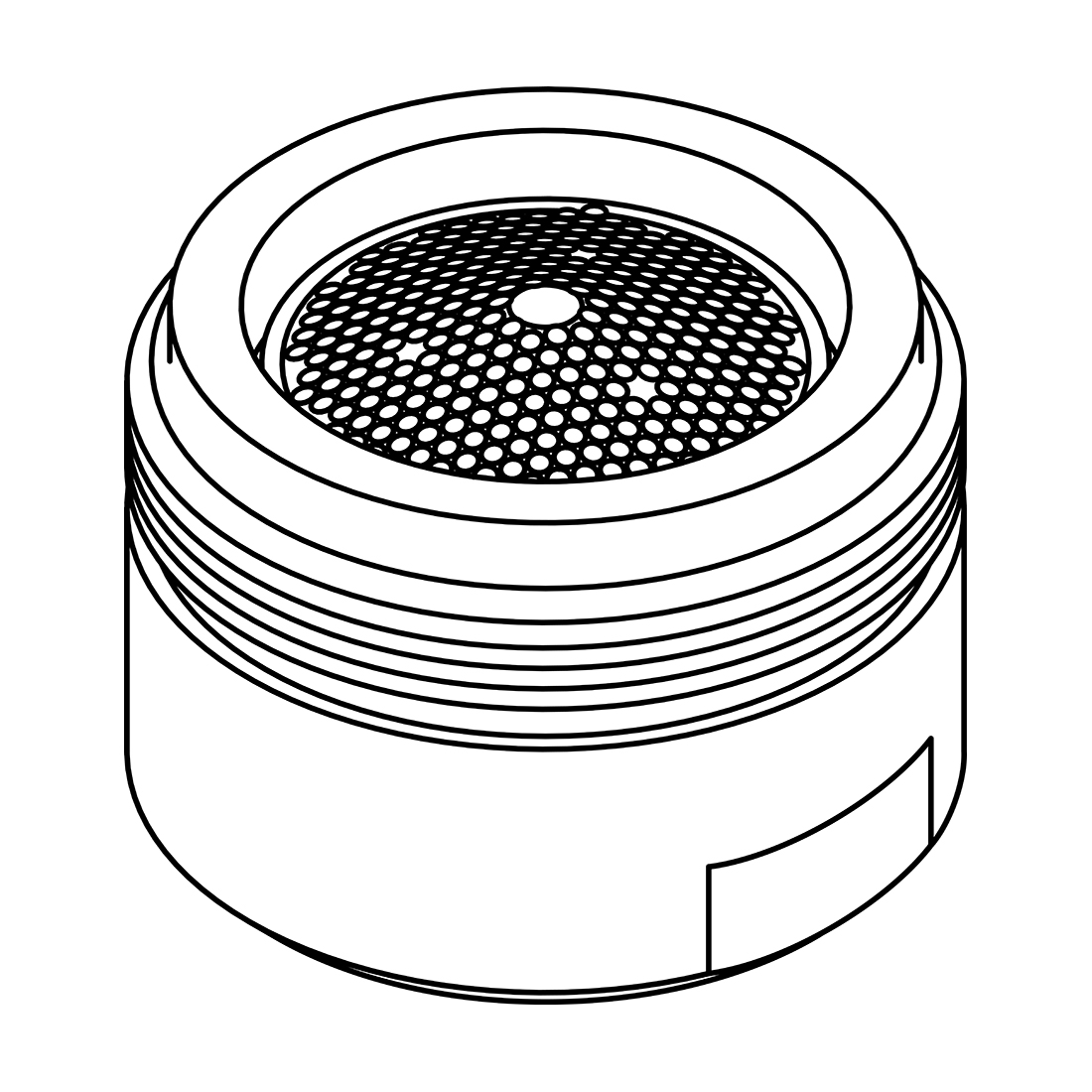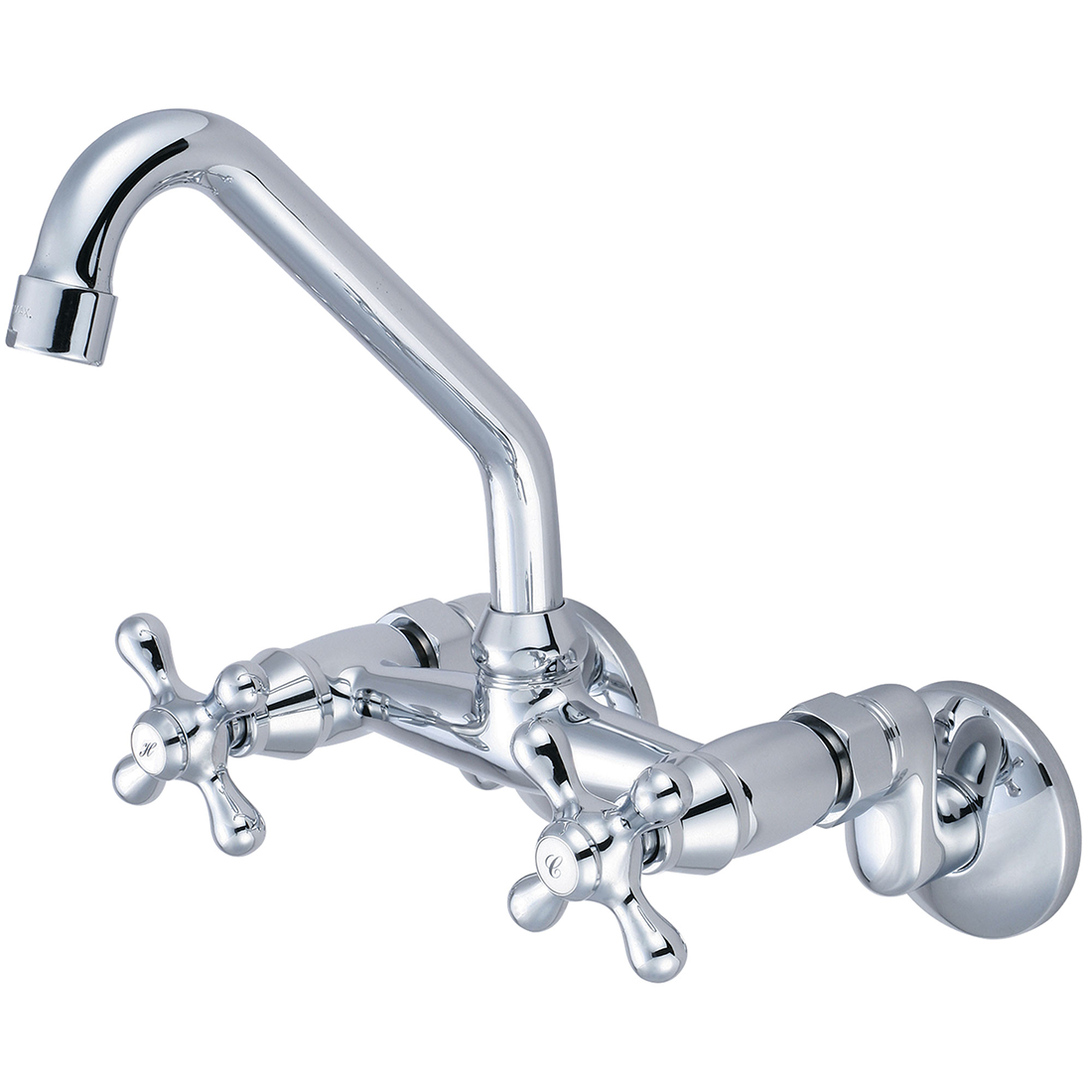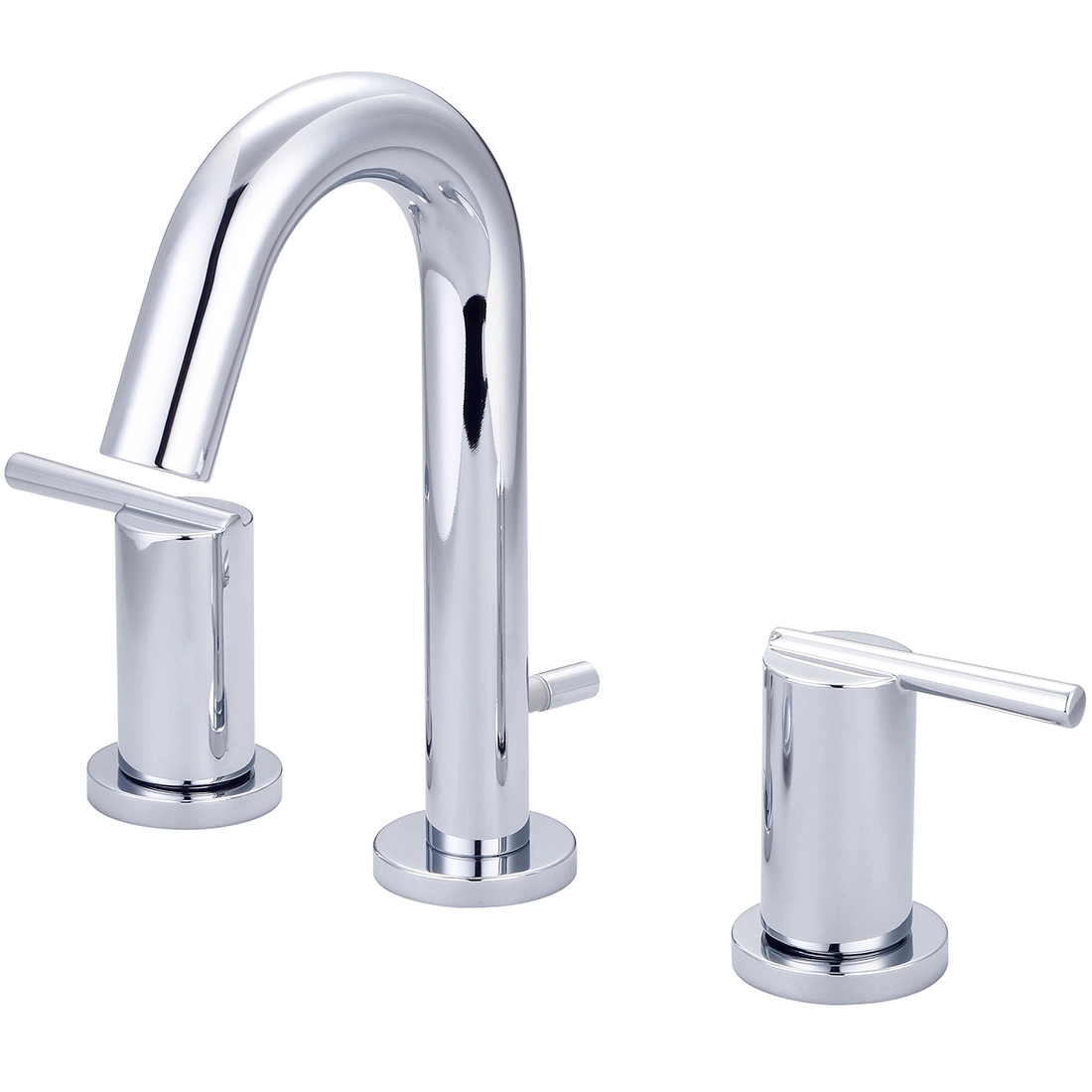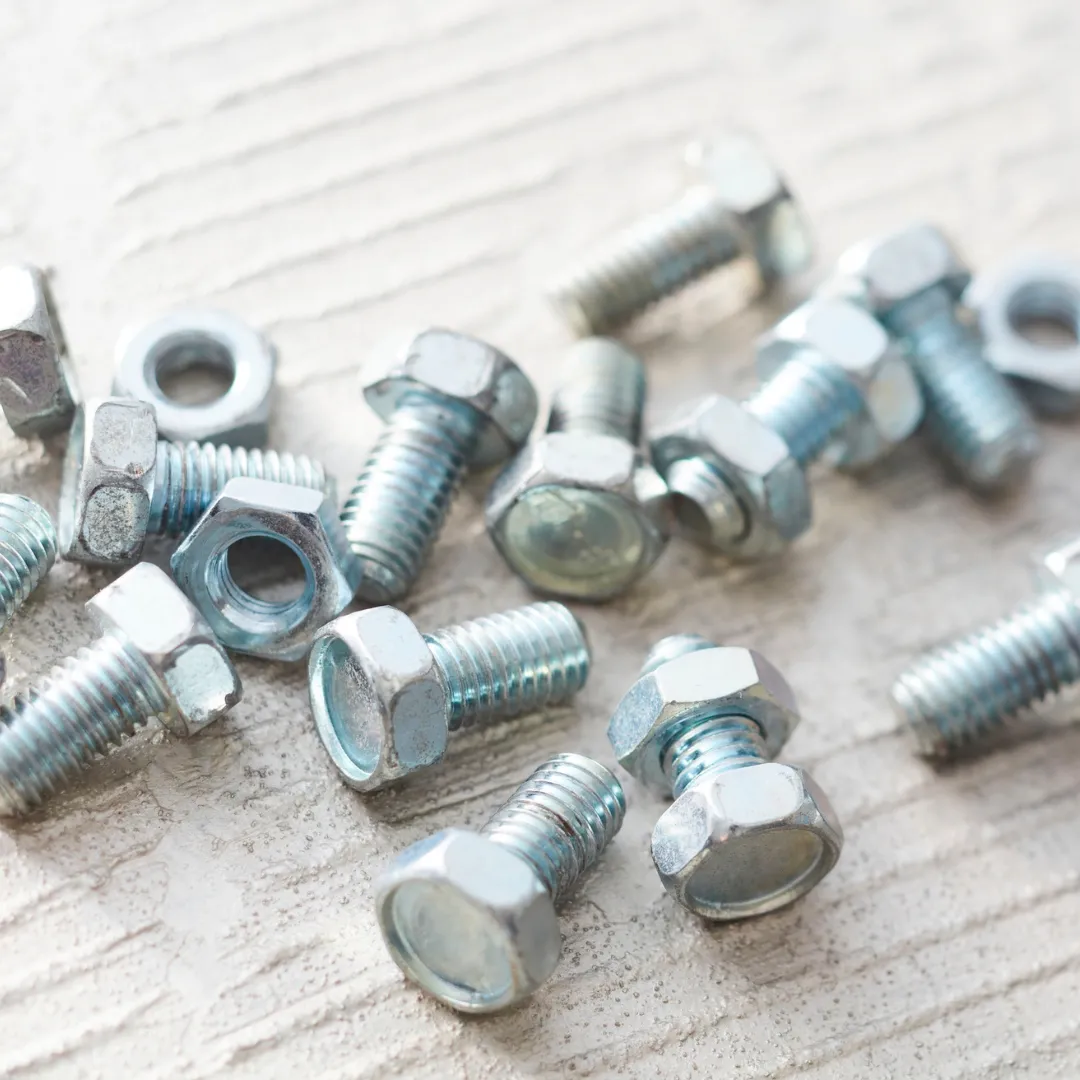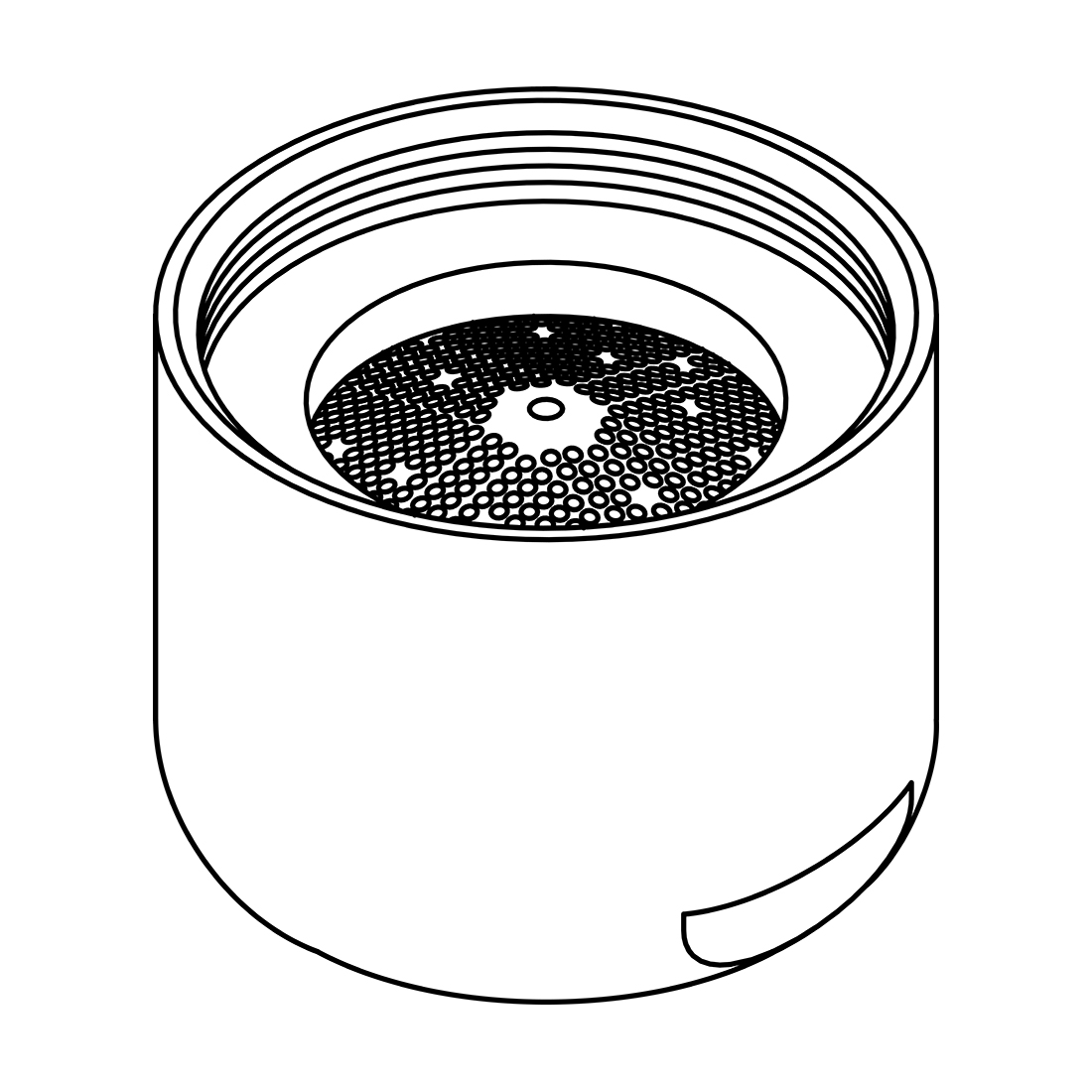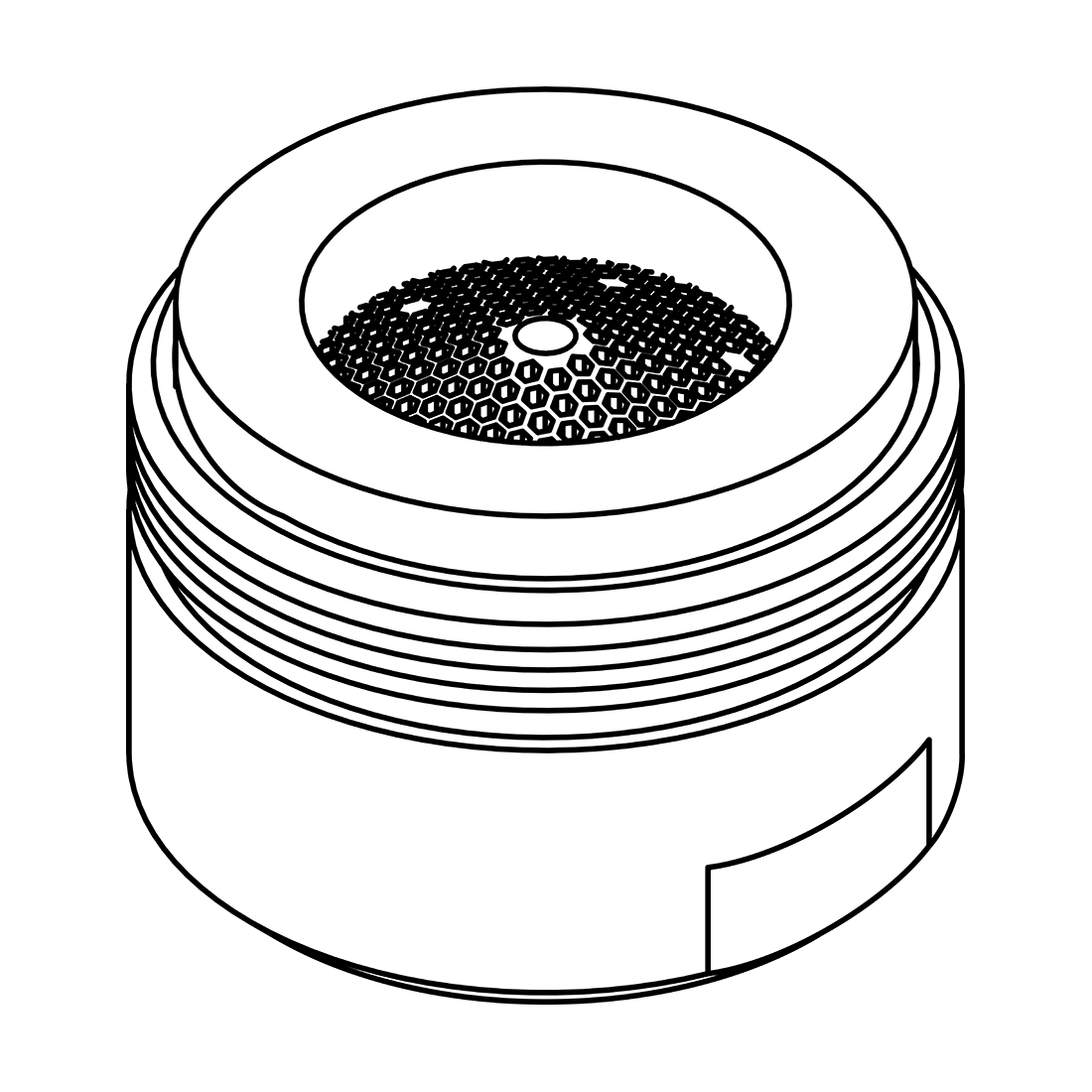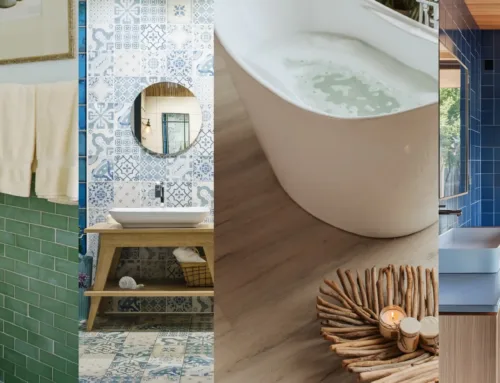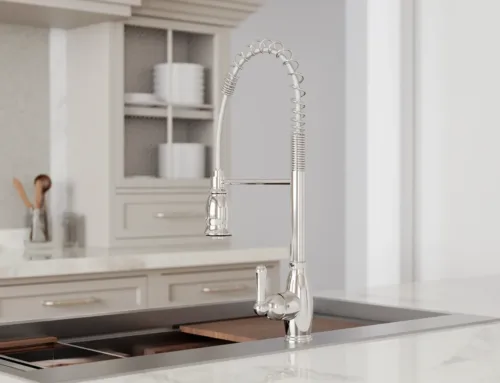
Faucet Thread Types Explained: What You Need to Know Before Faucet Install
Every faucet installation depends on more than just tightening connections, it begins with understanding the threads that hold everything together, literally and figuratively. Knowing the right thread type and how it interacts with tools and sealing methods is essential for a smooth, reliable install. Proper thread compatibility is the foundation of successful faucet installation, and understanding common thread types along with using the right tools and techniques will ensure leak-free, durable connections that save both time and costly repairs.
Why Thread Compatibility Matters
Thread compatibility isn’t minor; it’s the difference between a smooth installation and a disaster. Leaks at connection points range from minor drips to major flooding that causes severe damage to floors, ceilings, and walls. Small leaks raise bills, while larger ones damage cabinets, ruin flooring, and provide the perfect conditions for unhealthy mold growth. To avoid this, always match thread types.
Further, mismatched threads cannot create proper water-tight connections, which can negatively affect both water pressure and flow rates. For example, when American NPT threads are forced together with metric threads, the connections will not align correctly, and while they might be able to tighten, they will bind and cross-thread, causing damage and a non-watertight seal without a thread adapter. This is especially important when connecting the water supply line to the faucet, since damage there can cause major plumbing failures. It is in a builder’s, plumber’s or homeowner’s best interest to ensure connections match, but if that’s not possible, using a supply line adapter can potentially solve the issue.
Common Thread Types Explained
NPT (National Pipe Thread) The Self-Sealing Standard
NPT is the thread type plumbers encounter most often in the United States. They can be identified by their tapered design, with threads widening slightly toward the base. NPT threads are most common on important interior components such as supply lines and shut-off valve connections. They can also be found in faucets like the Pioneer Two Handle Wall Mount Faucet 2PM440 which connects to the wall with an NPT-female connection. When installing faucets with NPT threads, it is important to remember to use teflon/plumber’s tape or pipe dope in order to make sure that the faucet has a fully sealed connection. This is why NPT connections are known as the self-sealing thread, as the taper and the plumber’s tape cause the threads to compress together as they are tightened.
IPS (Iron Pipe Straight) – Washer-Sealed Alternative
Unlike NPT, IPS relies on washers for sealing. IPS or Iron Pipe Straight threads are designed to be sealed with a washer, rather than teflon tape or pipe dope. IPS threads maintain a uniform diameter, differing from NPT’s tapered design. IPS threads always use rubber washers or gaskets, which compress to form a seal. They are common in toilet supply connections, faucets supply lines, and water meter connections, and cannot be interchanged with NPT despite similar appearances. Kitchen faucets like the versatile Olympia Accent Two Handle Kitchen Faucet K-5372 connect to their faucet supply lines through a standard IPS-male connection. Though less common today, IPS connections remain a dependable option in many plumbing systems.
Compression Threads – The Removable Connection
Unlike NPT and IPS, compression threads use straight threads with nuts that tighten ferrules or sleeves to create a water-tight connection. This connection features no threading on the pipe itself, with the threading instead appearing on the compression nuts. The benefits of this type of connection is that without rubber gaskets or plumber’s tape, these connections can be disassembled and reconnected multiple times without damaging the faucets. Compression connections are widespread in bathroom faucets like the Olympia i2v Two Handle Lavatory Widespread Faucet L-7422, as well as being common in both standard and flexible braided supply lines, often found in under-sink connections.
Metric Threads – The International Standard
Metric threads are less common in the U.S. but are often found on faucets imported from Europe and Asia. Metric threads differ in measurement, using millimeters instead of inches with a unique pitch. American plumbers rarely use metric connections, but adapters can make them compatible when needed. Without an adapter, achieving a leak-proof connection is nearly impossible, so it is important to look for what type of connection a faucet has before attempting an install.
Tools and Techniques for Thread Installation
The correct tools are essential for protecting threads and ensuring a successful installation. Traditional pipe wrenches work well for internal parts, while rubber-padded pliers and strap wrenches protect faucet surfaces. For sealant, it can’t be stressed enough that NPT threads require pipe dope or teflon tape, otherwise the seal will likely fail. For compression, metric, and IPS connections, washers, compression nuts, or rubber gaskets ensure water-tight seals. For all types of connections, it is essential that the pipes are not overtightened, otherwise the threading and connections could be damaged, ruining the seal. With these basic tools and techniques, plumbers can ensure leak-free installations, reducing callbacks and improving satisfaction.
Wrapping it All Up
Understanding thread types is essential for achieving secure, leak-free faucet installations. By using the proper tools, applying the correct sealing methods, and avoiding overtightening, installers can prevent costly mistakes and ensure long-lasting performance. With the right knowledge and reliable products, every faucet installation can be efficient, durable, and worry-free.
Pioneer, Olympia, and Central Brass
With more than a century of combined expertise, Pioneer, Olympia, and Central Brass design faucets that make installation straightforward from the start. Their products use standard U.S. threads, ensuring reliable connections that minimize errors and prevent leaks. From single-handle bathroom faucets to versatile kitchen and laundry models, each is engineered for durability and straightforward installation. This helps builders and property managers save time and avoid costly callbacks.
We’ll Save You Money and Time
There are many ways to the same destination. This saying applies to multifamily housing builds just as much as to anything else in life. The ultimate goal is save as much money as possible while delivering a great finished project – that’s simply showing smart business sense. But, finding a one-off deal or sacrificing quality isn’t the only way to get a healthy ROI. We have a better way.
Pioneer works with professionals every day to develop specification packages and plans that save our valued partners both time and money, sometimes in surprising ways. It’s our goal to ensure your project meets or exceeds its expected outcome. We want to get to know you and your company and show you how we can save you money. Please reach out via our website form or call us at (800) 338-9468.
Pioneer Products With Some of Our Most Reliable Connections:



